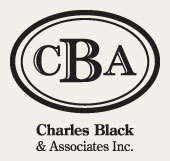WORKSHOP
Industrial Hydraulics Workshop – Basic to Advanced
Course Description |
This 36 hour workshop is designed to provide a working knowledge of industrial hydraulics for maintenance and troubleshooting. Participants will learn safe working procedures for maintaining hydraulic systems. They will learn to read hydraulic schematics and identify hydraulic components in a system using schematics. A primary goal is to be able to understand the function and operation of a hydraulic system using schematics. Various types of hydraulic circuits for cylinders and motors will be covered such as meter in/out, regeneration, pressure reducing, and counterbalance circuits. Participants will use a trainer to assemble the various circuits. They will learn vital skills such as setup and adjustment of pumps, relief valves, flow controls, pressure reducing valves, and pressure compensating valves. They will be able to identify the symptoms of improper adjustments and the effects of contamination. The main goal of the training is to provide mechanics with the ability to logically identify components that cause various problems. By knowing the symptoms, the mechanic should be able to easily isolate the problem to a couple of components. These components can then usually be checked without removing them from the equipment. |
Course Length |
36 hours |
Course Outline |
Hydraulic Principles
Hydraulic Schematics
Hydraulic Components
Hydraulic Circuits
Hands-On Lab Exercises
In-Plant Exercises
|
Course Requirements |
Company must provide detailed company specific or vendor schematics for training. |
